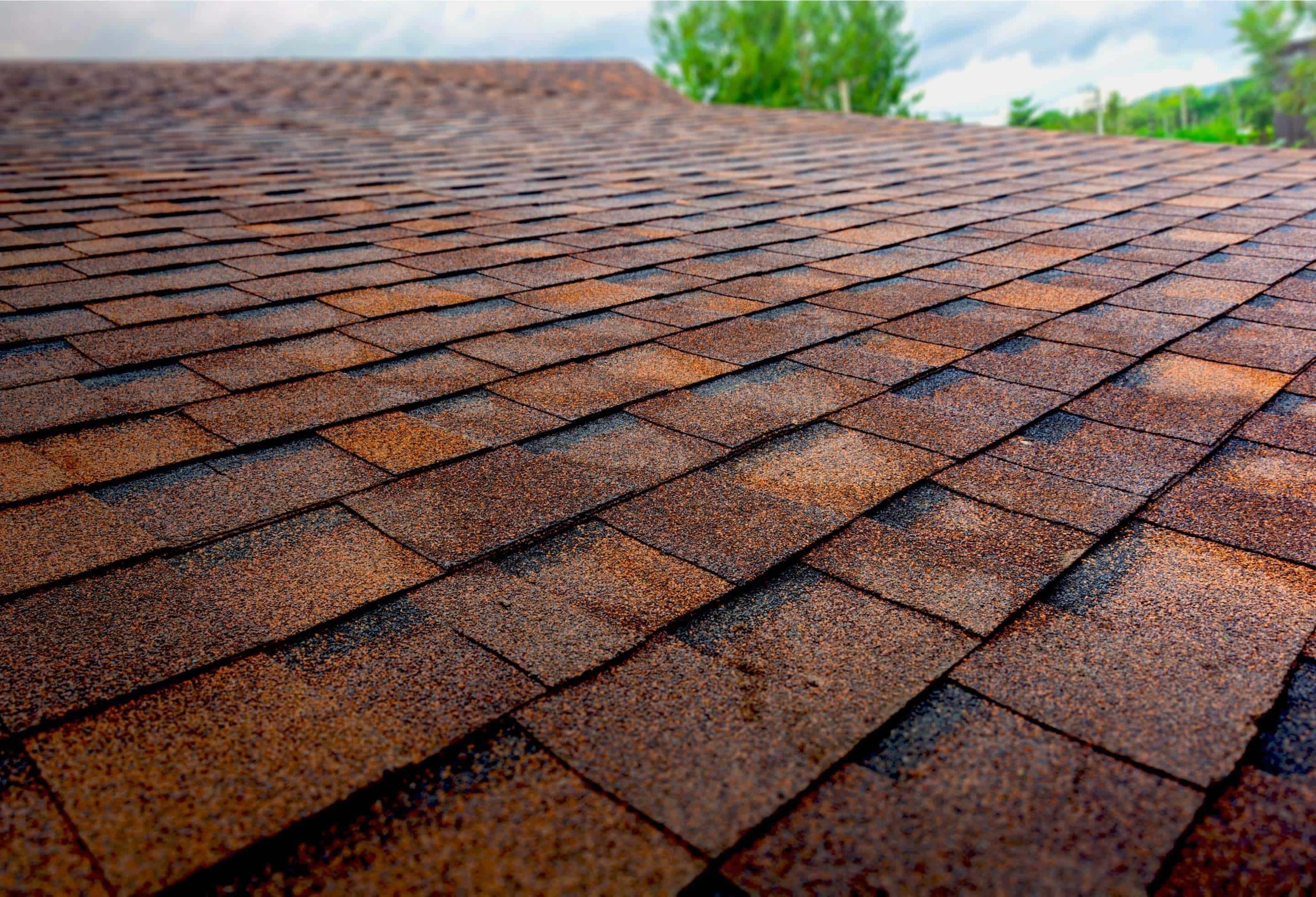It provides excellent protection against uv rays and is an attractive option for windows and decks that overlook the roof.
Tar and gravel roof vs shingles.
By the 1980 s fiberglass asphalt shingles including multi layer composite shingles took hold followed by other alternative materials like wood fiber shingles.
Some other aging clues are curling at shingle corners lack of tab adhesion and broken off pieces as the shingles get more brittle with age.
The angle of the roof many of these roofs are made of poured tar and gravel.
Also a tar and gravel roof is very rugged and safe to walk on.
Advantages of a tar and gravel roof.
The old tar and gravel roof type has been used on relatively flat roofs for over 50 years but many newer systems and specific material types including modified membrane systems are becoming increasingly available in residential applications.
Built up roofs or burs also called a tar and gravel roof is a well established and popular style of flat roof that is made up of alternating layers of roofing felt or fiberglass and asphalt that is applied with heat which combine to make a long lasting sturdy roofing system.
Most companies that don t like tar and gravel roofs base their underwriting decision on the fact that it cost more to replace this type of roof than a standard shingle roof.
Gravel is an excellent fire retardant.
In the early 1900s organic asphalt shingles became the primary roofing option and dominated for the next 70 years with little innovation.
What are tar gravel roofs or built up roofs.

